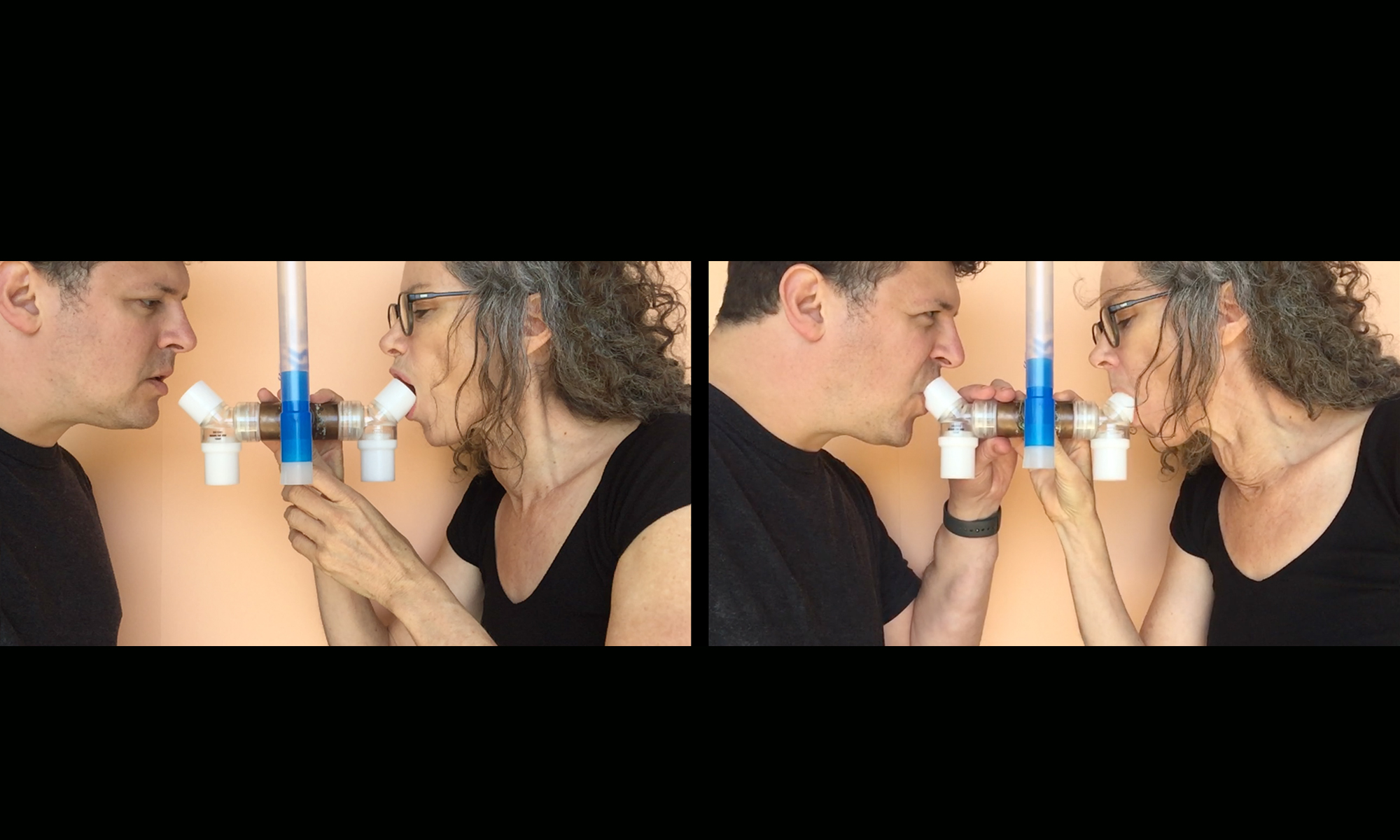In one of our early conversations Jimmy introduced me to cell-free DNA, a phenomenon I wasn’t aware of.
Cell-free DNA (also called ‘circulating free’ DNA) consists of various forms of DNA that circulate freely outside of cells, in the blood plasma and other body fluids.
What is significant to me about cell free DNA is that it challenges an image of DNA packaged neatly and privately inside the bounded spaces of cell nuclei and mitochondria. It shows DNA to be more excessive than we imagine, that DNA can move freely beyond the bounds we assign to it in our imaginations.
Circulating cell free DNA is generally comprised of DNA fragments of about 50 to 200 base pairs, but can be longer. The DNA circulates mostly as nucleosomes – conglomerates made up of DNA and histone proteins. Histone proteins are associated with DNA in the cell nucleus, they help DNA wind into its highly condensed form, which enables DNA molecules to fit inside cell nuclei. If the combined DNA from just one human cell was stretched out lengthwise it would be about 2m long, a fact I find astonishing!
Some cell-free DNA seems to be released by cells via exosomes – small ‘parcels’ excised off from cells that contain biomolecules from within the cell – however it is not yet understood how much cell free DNA is generated through this process. There is also exchange of cell-free DNA between foetuses and mothers during pregnancy, with cell free DNA passing across the placenta, I explore this in more depth on the Microchimerism page of this blog. There is cell-free mitochondrial DNA and cell-free DNA from cancer tumours, which can be used as a biomarker for cancer. Cell free DNA levels in blood can increase rapidly in cancer patients, believed to be caused by DNA released from apoptotic and necrotic cells (dying cells). It has also been observed that levels of cell free DNA increase with age.
The full biological significance of cell free DNA is not yet understood, but it has clinical use as a biomarker for a wide range of conditions including some cancers, foetal medicine, trauma, sepsis, myocardial infarction, stroke and diabetes.
